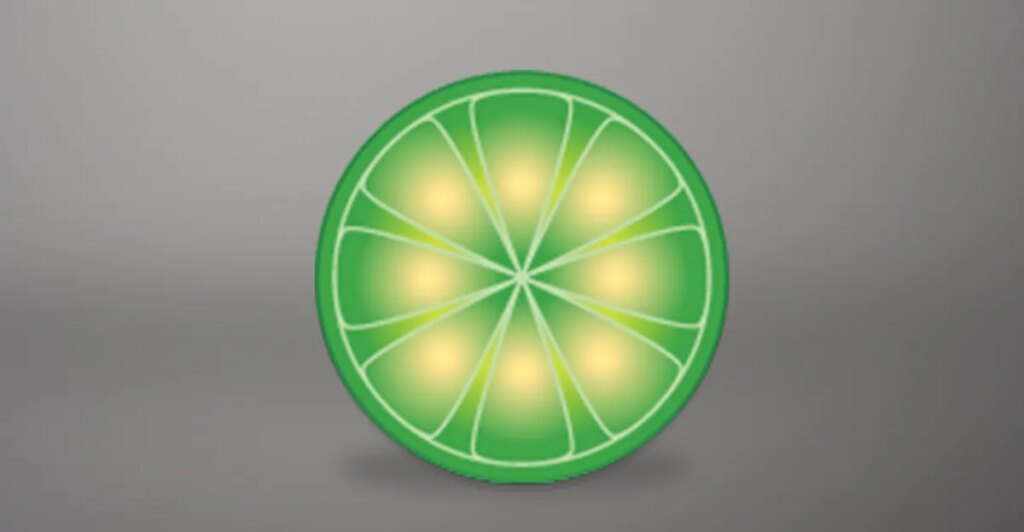Quick: tell me how old you are by telling me which app you used to download free music. Was it Napster? Kazaa? Usenet? Gnutella? WinMX? Morpheus? The Pirate Bay? Were you, I don’t know, sending your friends songs on AIM or BBM? The possibilities are endless. For a decade or so, if you were online, you were probably stealing music.
For this episode of Version History, we’re telling the story of one of the last big names in file sharing: LimeWire. If the era of mainstream access to free music (mostly on college campuses and other fast networks) starts with Napster, it almost certainly ends with LimeWire.
LimeWire was, in many ways, designed specifically not to be Napster, with designs on something much more legitimate and business-focused. The company tried over and over to figure out how to make money, and to create something that actually sounds a lot like music streaming, but it became embroiled in the same fight that had been raging for a decade. Once Grokster went down, LimeWire never really had a chance. And besides, an entirely new way of listening to music was right around the corner.
This is the sixth episode of Version History. (We’re more than halfway through season one!) If you want to find the show, there are three good places to go:
Thanks to everyone who has already watched or listened to the show, and has sent feedback! We’re just about to start production on the next bunch of episodes, and want to hear everything you think we should be doing or not doing or doing differently. And we want to hear from you about everything we’re planning to cover! In the meantime, if you want to know more about all things LimeWire, here are some links to get you started:

